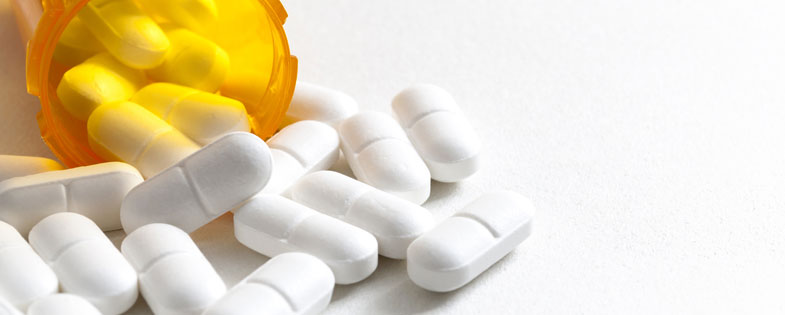When used properly and under a doctor’s supervision, opioids are one effective way to manage pain in the short-term. However, long-term use can lead to misuse and physical dependency.
12.5 million people age 12 and older misused opioids in the last year.
What are opioids?
An opioid is a strong prescription pain medication. Opioids also include illegal drugs, such as heroin.
Common names of prescription opioids:
- Hydrocodone (Vicodin, Norco)
- Oxycodone (Percocet, OxyContin)
- Morphine
- Codeine (Tylenol #3, Tylenol #4)
- Fentanyl
- Tramadol (Ultram)
- Methadone
- Hydromorphone (Dilaudid)
- Oxymorphone (Opana)
Reducing you and your loved ones’ risk of opioid misuse:
- Remember that you are an important part of your medical team. Let your doctor or dentist know if you:
- Have a history of depression or anxiety
- Are currently taking any benzodiazepines (i.e. Valium, Xanax)
- Have a history of using or abusing alcohol, tobacco or drugs (including prescription or street drugs)
- Have a history of long-term (chronic) pain
- Have been taking opioids for longer than a week
- Are taking more pills, more often, than your doctor prescribed
- When taking opioids, remember:
- Do not mix opioids with alcohol or other medications that can cause drowsiness.
- As your pain gets better, wait longer between taking opioids.
- Some possible side effects include nausea/vomiting, sleepiness/dizziness and/or constipation.
- Protect your small children, teens and other family members by safely storing opioids out of reach.
- Lock your pills if possible.
- Try to keep a count of how many pills you have left.
- Do not store your opioids in places that allow easy access to your pills. (Example: bathrooms, kitchens)
